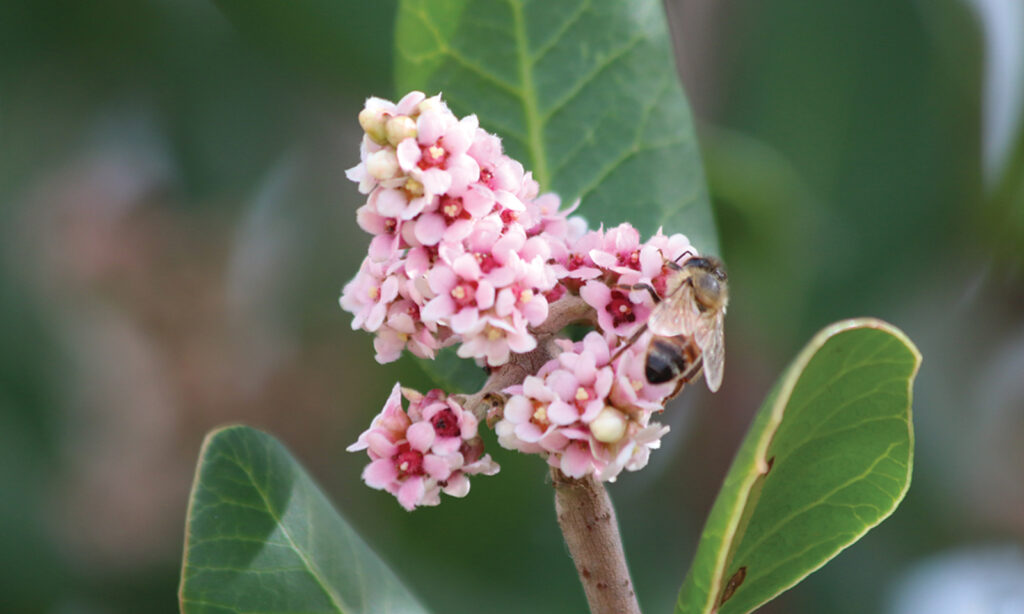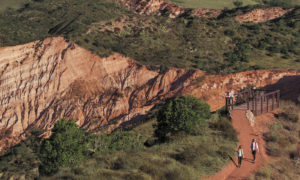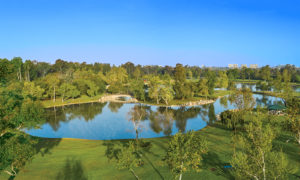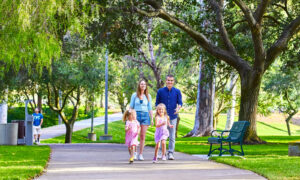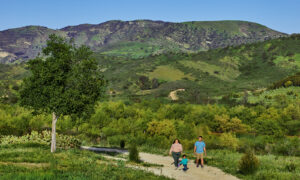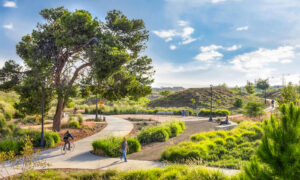In the spring, nature treats us to a dazzling display of wildflowers. Poppies, lupines and other blossoms paint Orange County’s hills with splashes of orange, purple and yellow.
Wildflowers respond to our Mediterranean climate. January and February rain typically stimulates plant growth. Then longer days and warmer temperatures bring out blooms from March to July.
Now is a perfect time to become an amateur botanist. Take time to hone your observation skills and become “nature smart.” You’ll be primed to appreciate Orange County’s wildflowers even more.
Let’s start with a review.
All about flowers
A flower is the reproductive organ of a plant. Some flowers consist of both male parts (stamens) and female parts (pistils). When pollen from stamens fertilizes the pistils’ eggs, seeds start to develop.
From seeds to seedlings
A seed is a tiny, dormant plant embryo. Once fertilized, the fleshy tissue surrounding a seed swells, becoming a fruit. The seed itself begins to grow into a seedling.
A fertilized seed ensures that future generations of a plant are sustained. It also ensures a steady food supply for people and wildlife. The next time you eat an apple, tomato or almond, thank a seed. Thank a flower, too. And thank a pollinator.
Designed for a purpose
Most flowers are designed with specific pollinators in mind. Think of a flower as an airport’s illuminated landing field. Each is designed to attract a set of nectar- or pollen-seeking pollinators, such as butterflies, bees and birds. Pollinators ensure survival of the plant. Plants ensure survival of the pollinator.
Some flowers have platforms for easy landings. Some are tubular to accommodate hummingbirds and orioles. Some display ultraviolet colors visible only to bees. Others display shades of white, which are useful for night flyers. Still others have distinctive scents, including sweet aromas for bees and musky aromas for flies.
Please stay on the trails
You can pick your favorite spot to photograph wildflowers this spring, but please don’t pick the flowers. Even walking or sitting among them for a selfie disturbs the soil, threatening future generations of flowers. “Behold the beauty,” as a local park ranger says, “but tread lightly.”
Jenny Rigby directs The Acorn Group, a design firm dedicated to interpreting natural history.

